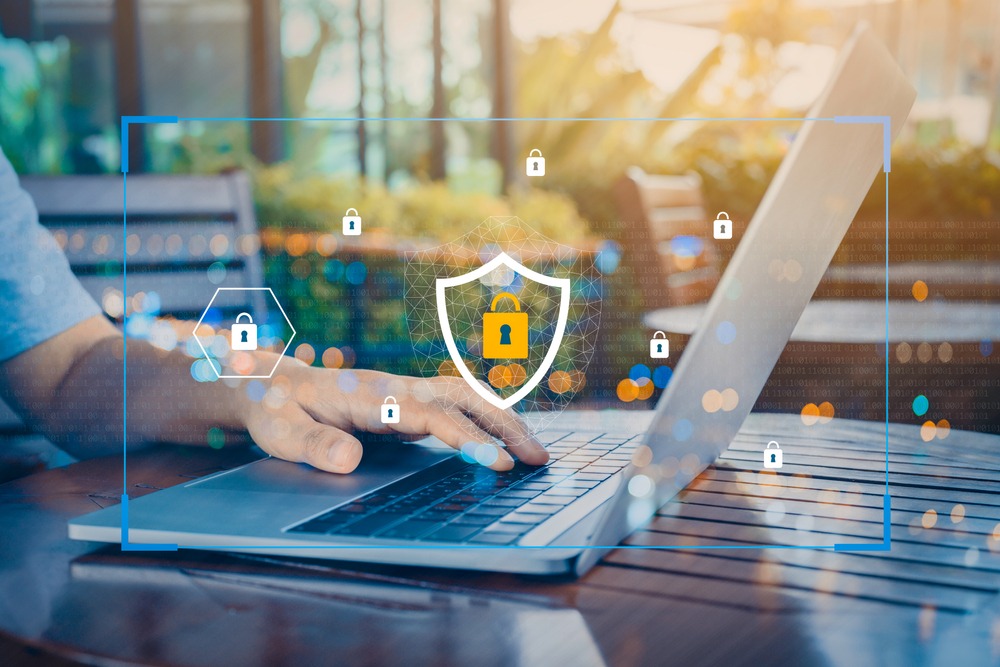Cybersecurity breaches, problems, and errors happen, but how you detect and respond to them makes all the difference in the world. The longer you take to respond, the costlier the breach will be. The more time you take to fix an issue, the longer the corruption or theft will go on. Then, you need to adjust to the problem. The analytics and future incident protection are keys to the reliability and longevity of your online presence. Well, there are three ways to detect and respond to these problems:
- MDR
- EDR
- XDR
Here’s what you should know about each of these methods.

1. Managed detection and response (MDR)
This concept has more to do with who performs your cybersecurity tasks than what they actually do. The simplest way to explain it would be to say that it implies outsourcing cybersecurity. Instead of managing everything in-house, you find a company like Virtual Armor and entrust them with keeping you safe in a digital environment.
By outsourcing, you’re getting 24/7 without having to schedule shifts among your employees. Nighttime work costs extra in some countries, which is why people often hire remote employees to get someone from another time zone so that they can adjust better. Managing this is far from simple, which is why MDR just gives you a much easier way out.
The issue of threat detection often depends on the tools that you’re using, as well as the level of vigilance that you’re employing. Well, a specialized team has licenses to all the best software, as well as all the practices to utilize these tools the best.
This way, the immediate response becomes someone else’s responsibility. You get a whole team of people whose sole task is to monitor the security of your team and respond in real-time. The tasks are mostly executed automatically via a platform that provides an immediate response; however, the tool itself needs professional supervision.
Later on, the data is analyzed by a specialized team that adjusts parameters for better security. Continuous improvement is something you should never overlook or downplay.
2. Endpoint detection and response (EDR)
The endpoint is usually the user’s device, such as their laptop, desktop, smartphone, or even a server. This is where your online security gets a personal connotation. Focusing on the endpoint level gives you real-time visibility and a chance to detect suspicious activity as it occurs.
For this to work, you have to install the EDR software on each individual device. It’s not a solution like the one you would enable on a platform where the integration is seamless and syncing with everything else. This makes it a tad more challenging, especially in an era where a lot of people work remotely. This means that they have to do it themselves or give access to an IT technician from your team. It also affects your BYOD policy.
The tools are not there to detect things like viruses. You see, most dangerous cybersecurity threats are made to be so subtle that they fly under the radar of the majority of software. Instead, the job of EDR is actually to recognize unusual activity. Like an unknown program trying to access sensitive files or someone making an unusual login attempt.
The EDR alert system is incredibly subtle and accurate. This is important because not every anomaly is an incident or malicious. People use different devices or make mistakes all the time. The key to EDR is that it provides protection and sends alerts without accidentally causing a huge problem and shutting everything down.
An efficient and timely alert is a great way to ensure that the response is more effective.
The most important aspect of EDR is that it keeps the logs of all activities so that the security team can go back and see what happened. The investigation is a key component in making your system more impervious in the future.

3. Extended detection and response (XDR)
The biggest difference between EDR and XDR is that ECR covers more than individual devices. It also works on networks, email systems, cloud platforms, and much more. If we had to make a comparison, we would say that having EDR is like having a surveillance system monitoring your entrances. XDR means having it all across the premises, in all the rooms, offices, and hallways.
One of the biggest perks you get this way is getting centralized monitoring. Imagine it like having a video game minimap, where you have alerts, pings, and red lights in every area where there is an enemy present. It’s a virtual security control room designed with the purpose of handling threats and responding in a timely and efficient manner. It’s your own little war room.
The detection provided this way is more expensive. It gets to track these threats for a longer period of time, which is why it’s much better at recognizing false alarms.
It might, for instance, notice that a user who has previously logged in tries to do so from a strange location or from a different device. Then, suddenly after that, a lot of unusual traffic from a similar area is noticed. XDR is amazing at picking up patterns.
Once it recognizes the problem, it uses advanced tools and coordinates between several different lines of defense. With it, you can block users from accessing specific emails, disconnect the device from the network, or just block a compromised account (suspend it until you can investigate).
So, the simplest answer to explain the difference between EDR and XDR would be to say that it’s like a tool that does the job of EDR but for your entire network.
Wrap Up
An incident will happen sooner or later, and all that matters is that you have an appropriate response. With the right methodology, you’ll make the solution systemic. This means that it will be dependable, and you’ll be able to use it every time you need it, not just on occasion. Finding what works for you both organizationally and financially is a major executive decision that will affect the entire future of your cybersecurity.